Since the 1970s, scientists have known that copper has a special ability to transform carbon dioxide into valuable chemicals and fuels. But for many years, scientists have struggled to understand how this common metal works as an electrocatalyst, a mechanism that uses energy from electrons to chemically transform molecules into different products.
Tag: UC Berkeley
LED Material Shines Under Strain
A team led by researchers at Lawrence Berkeley National Laboratory (Berkeley Lab) and UC Berkeley has demonstrated an approach for achieving LEDs with near 100% light-emission efficiency at all brightness levels.
Same Berkeley MBA without the commute
UC Berkeley’s Haas School of Business announced a new flexible online option for its top-ranked, part-time Evening & Weekend MBA Program. The new Flex option offers the same curriculum and faculty and the same Berkeley Haas MBA degree in a highly customized and flexible online and on-campus format.
This crystal impurity is sheer perfection
Scientists at Berkeley Lab and UC Berkeley have developed a nanoparticle composite that grows into 3D crystals. The new 3D-grown material could speed up production and eliminate errors in the mass manufacturing of nanoscale photonics for smart buildings or actuators for robotics.
Are Heavy Metals Toxic? Scientists Find Surprising New Clues in Yeast
Scientists at Berkeley Lab and UC Berkeley have compiled the most complete library yet of lanthanide heavy metals and their potential toxicity – by exposing baker’s yeast to lanthanides. Their findings could help researchers uncover hidden pathways between lanthanide metals and disease.
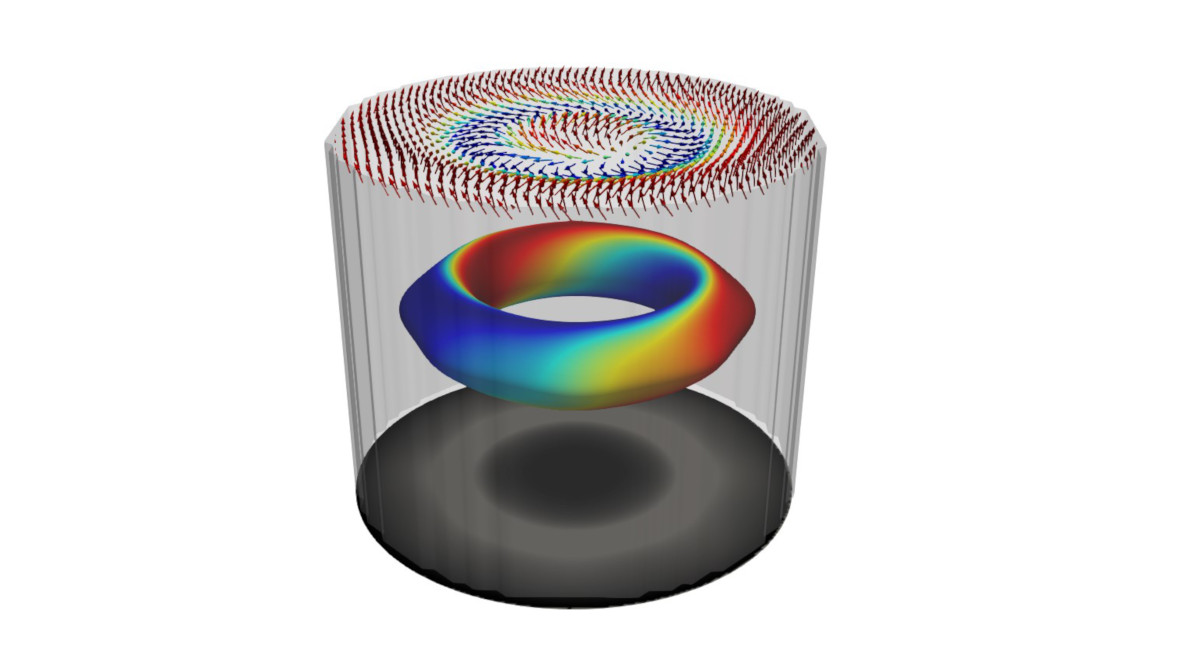
The Spintronics Technology Revolution Could Be Just a Hopfion Away
A research team co-led by Berkeley Lab has created and observed quasiparticles called 3D hopfions at the nanoscale (billionths of a meter) in a magnetic system. The discovery could advance high-density, high-speed, low-power, yet ultrastable magnetic memory “spintronics” devices.
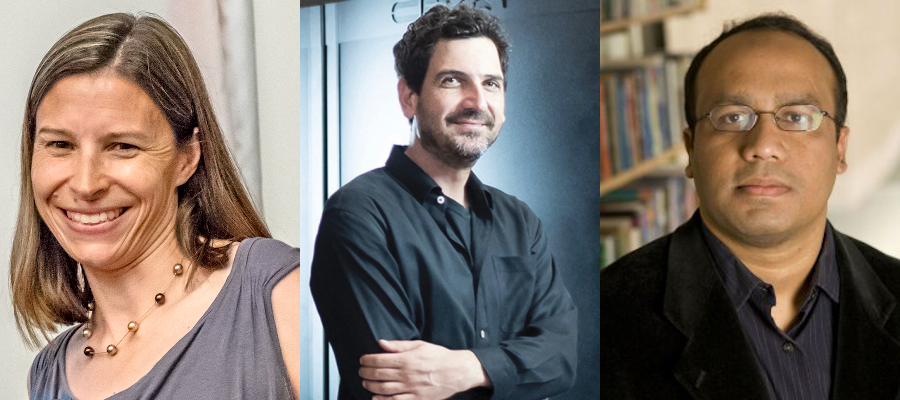
Two Berkeley Lab Scientists Honored with the Lawrence Award
The Department of Energy has announced that Susannah Tringe and Dan Kasen, two scientists at Lawrence Berkeley National Laboratory (Berkeley Lab), will receive the Ernest Orlando Lawrence Award, one of DOE’s highest honors. Additionally, former Berkeley Lab scientist M. Zahid Hasan was also named as one of the eight recipients.

This Anti-COVID Mask Breaks the Mold
To address PPE shortages during the pandemic, scientists at Berkeley Lab and UC Berkeley are developing a rechargeable, reusable, anti-COVID N95 mask and a 3D-printable silicon-cast mask mold.
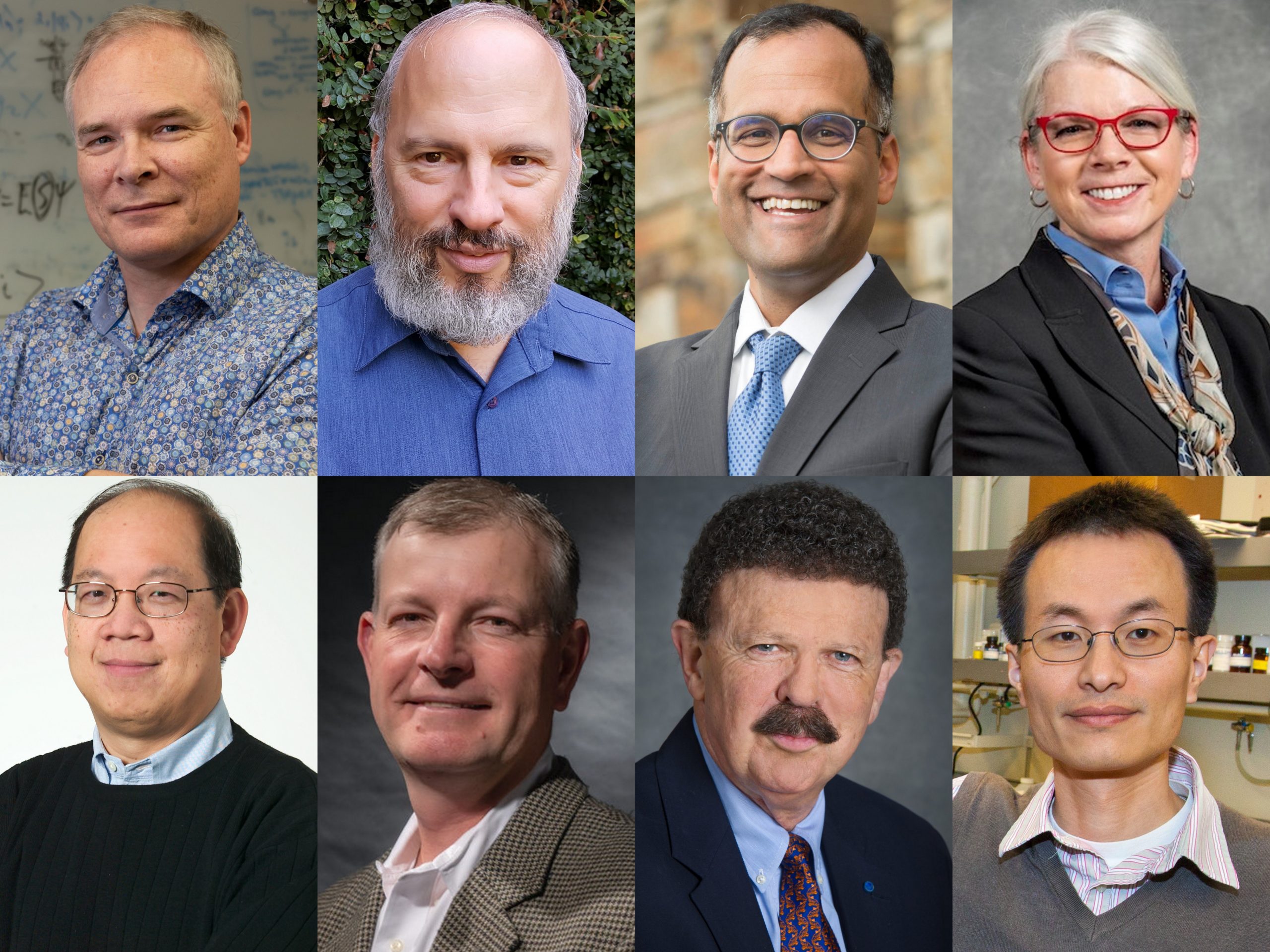
8 Berkeley Lab Scientists Named 2020 AAAS Fellows
The American Association for the Advancement of Science, the world’s largest general scientific society, today announced that 489 of its members, among them eight scientists at Berkeley Lab, have been named Fellows. This lifetime honor, which follows a nomination and review process, recognizes scientists, engineers, and innovators for their distinguished achievements in research and other disciplines toward the advancement or applications of science.
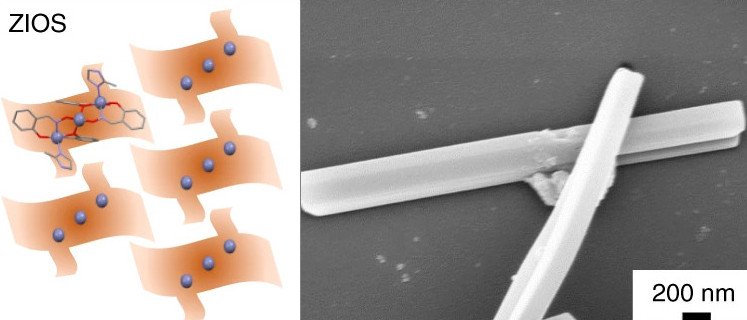
New Material Designed by Berkeley Lab ‘Mines’ Copper from Toxic Wastewater
A research team led by Berkeley Lab has designed a new material – called ZIOS (zinc imidazole salicylaldoxime) – that extracts copper ions from mine wastewater with unprecedented precision and speed.
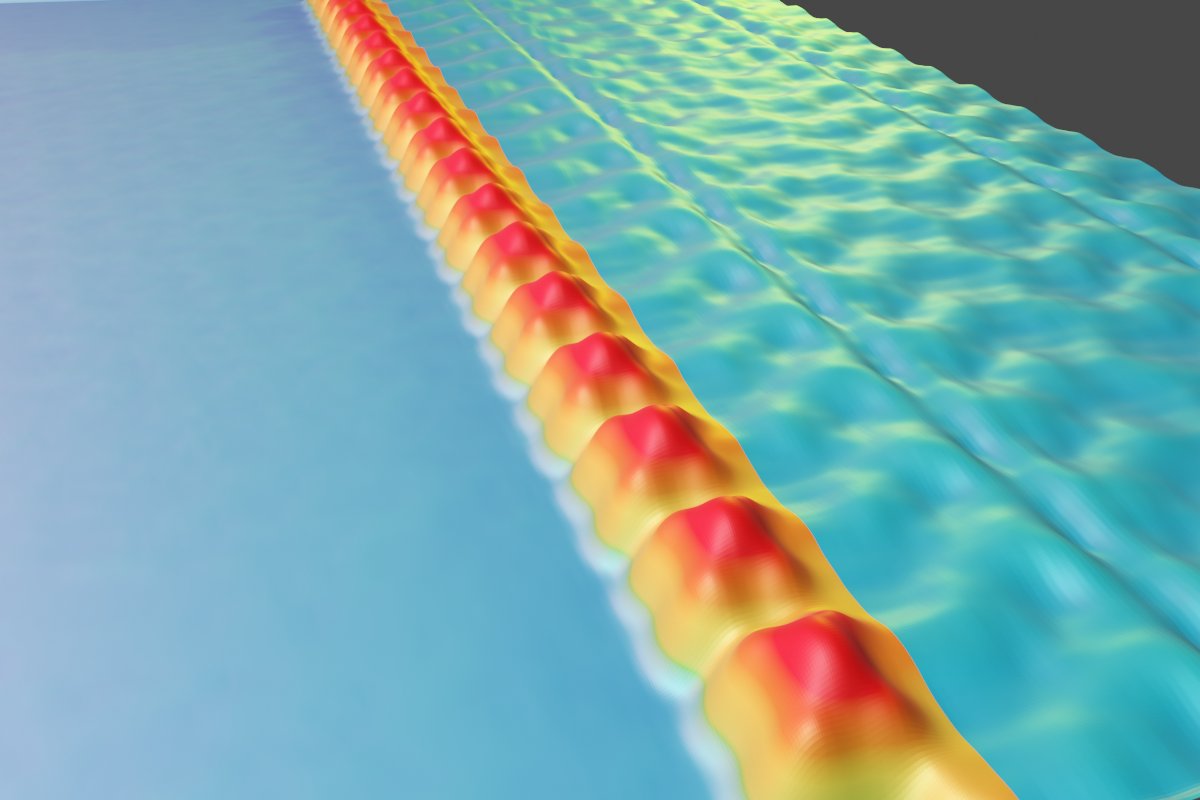
Charges Cascading Along a Molecular Chain
Removing one charged molecule from a one-dimensional array causes the others to alternately turn ‘on’ or ‘off,’ paving the way for information transfer in tiny circuits
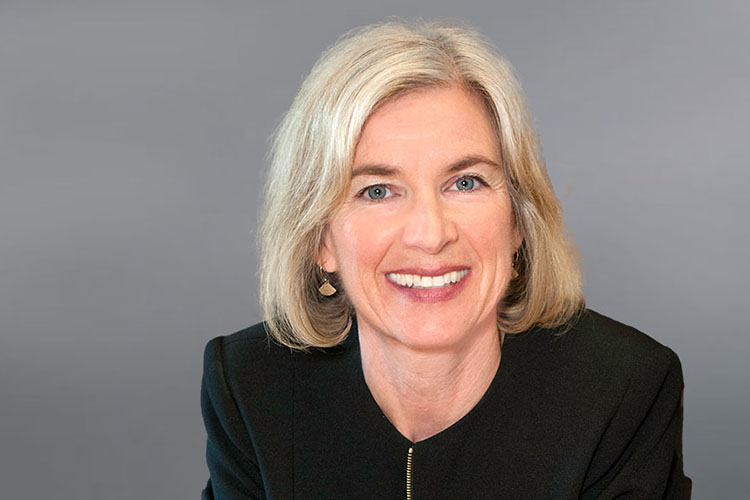
Jennifer Doudna Wins 2020 Nobel Prize in Chemistry
Biochemist Jennifer Doudna, a professor at UC Berkeley and faculty scientist at the Department of Energy’s Lawrence Berkeley National Laboratory (Berkeley Lab), is co-winner of the 2020 Nobel Prize in Chemistry for “the development of a method for genome editing.”

National Science Foundation-funded CloudBank Now Operational
The San Diego Supercomputer Center (SDSC) at the University of California San Diego and its partners at the University of Washington (UW), UC Berkeley, and Strategic Blue have entered production operations of the National Science Foundation (NSF)-funded CloudBank program, which aims to simplify the use of public clouds across computer science research and education.
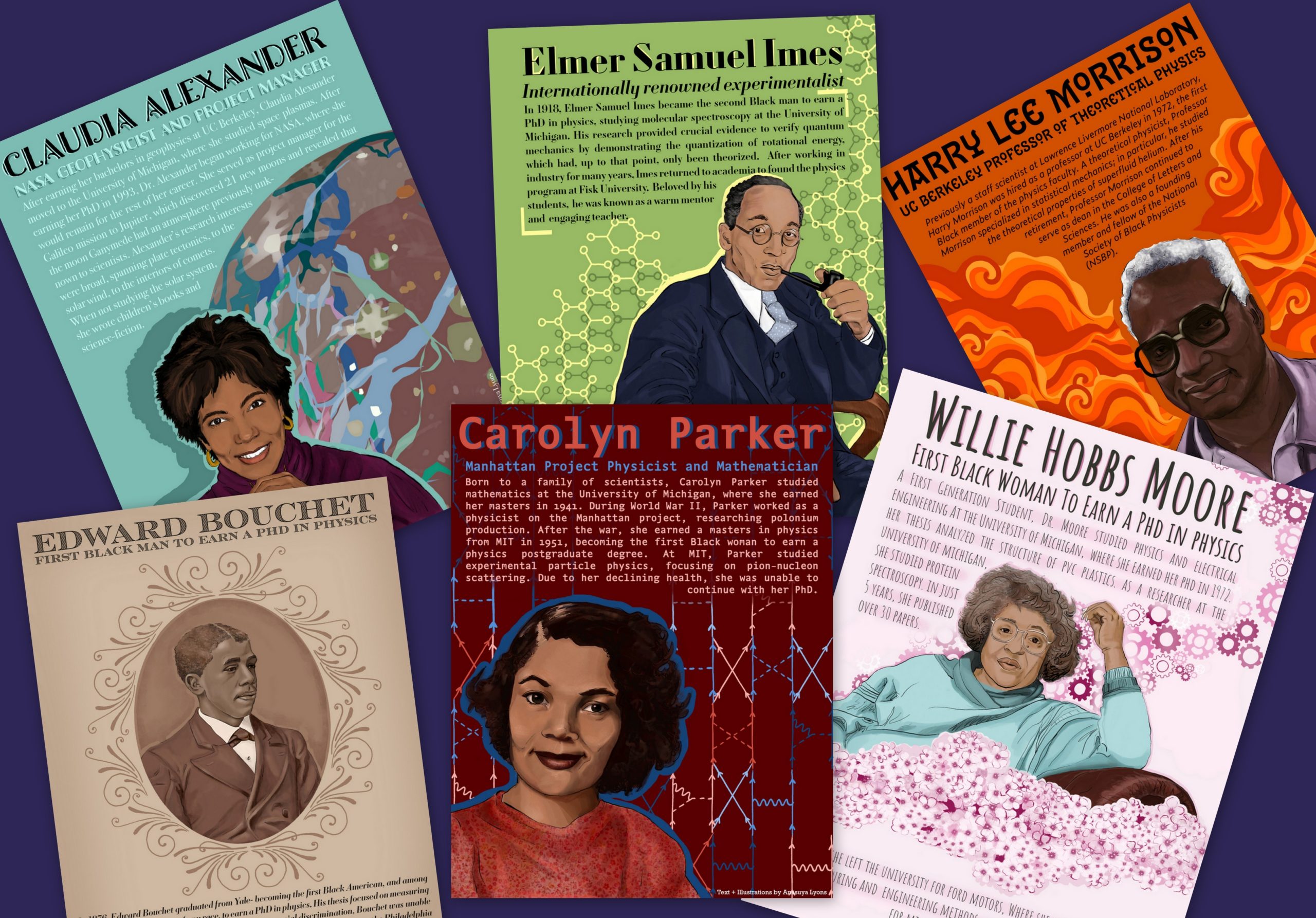
Lab Researcher and Physics Undergrad Shares Poster Project Honoring Black Physicists
Inspired by the nation’s grappling with issues of race and racial discrimination, UC Berkeley physics major and Berkeley Lab student assistant Ana Lyons turned to art as a way to contribute to the conversation.
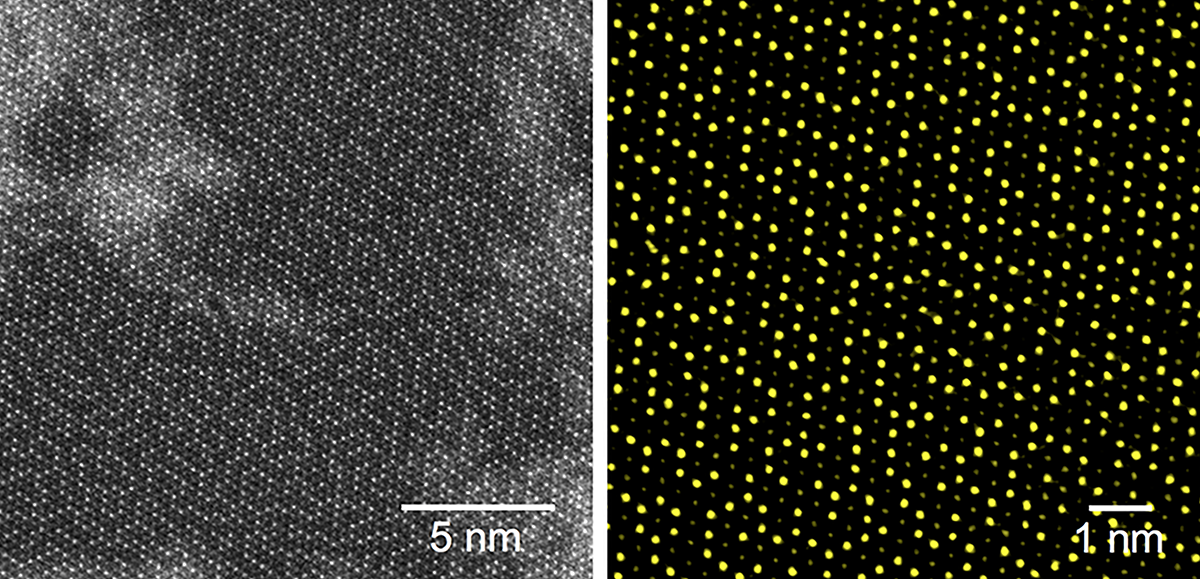
2D Electronics Get an Atomic Tuneup
Scientists at Berkeley Lab have demonstrated a new technique that could improve the performance of atomically thin semiconductors for next-generation electronics such as optoelectronics, thermoelectrics, and sensors.
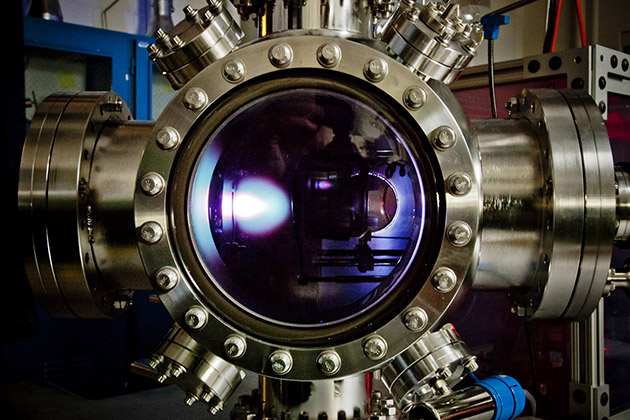
Toward an Ultrahigh Energy Density Capacitor
Researchers at Berkeley Lab and UC Berkeley have demonstrated that a common material can be processed into a top-performing energy storage material. Their discovery could improve the efficiency, reliability, and robustness of personal electronics, wearable technologies, and car audio systems.
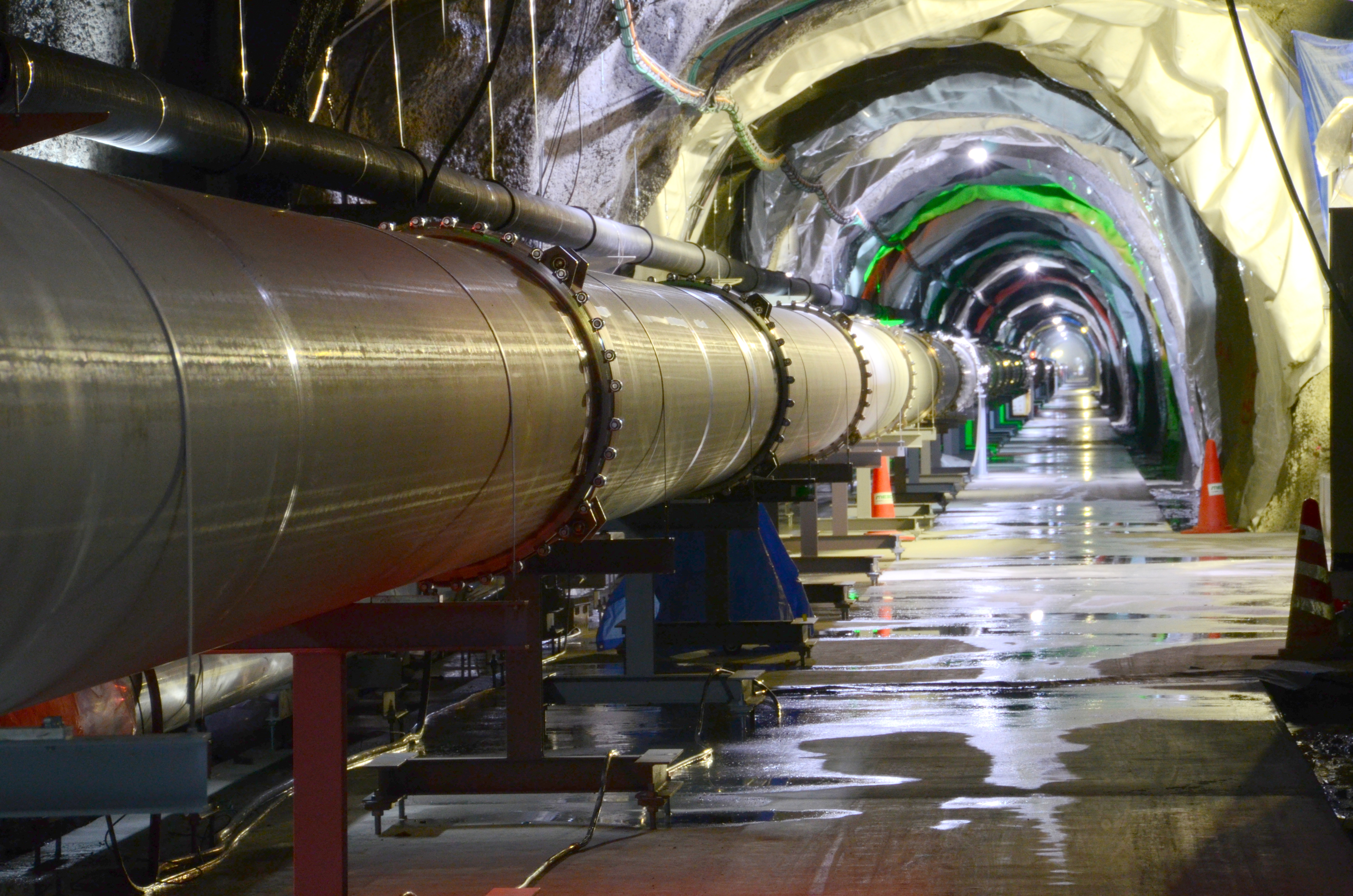
New NSF Physics Frontier Center Will Focus on Neutron Star Modeling in ‘Gravitational Wave Era’
A new Physics Frontier Center at UC Berkeley, supported by the National Science Foundation, expands the reach and depth of existing capabilities on campus and at neighboring Berkeley Lab in modeling one of the most violent events in the universe: the merger of neutron stars and its explosive aftermath.
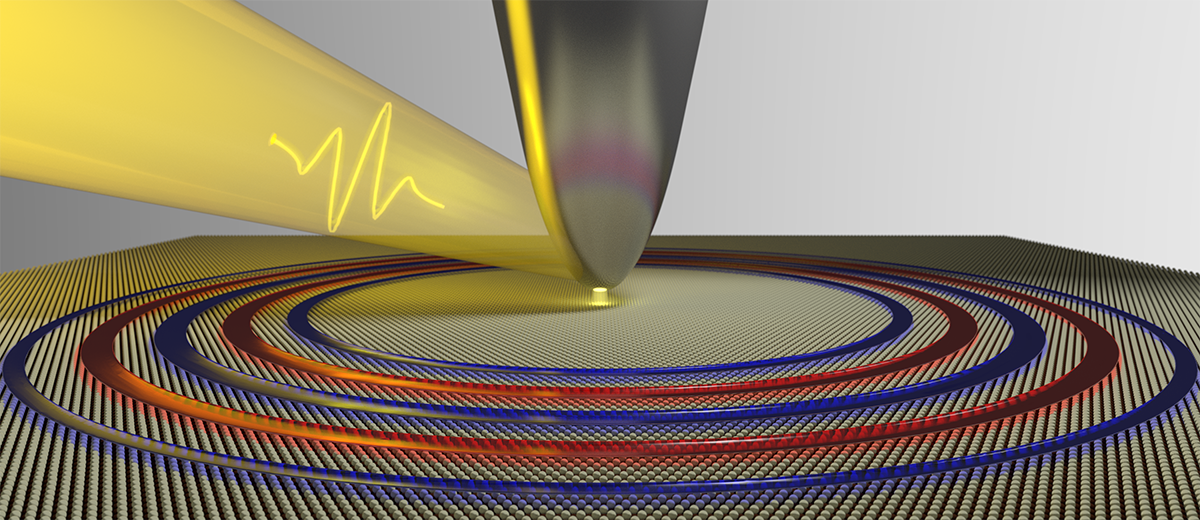
Making Quantum ‘Waves’ in Ultrathin Materials
A team of researchers co-led by Berkeley Lab has observed unusually long-lived wavelike electrons called “plasmons” in a new class of electronically conducting material. Plasmons are very important for determining the optical and electronic properties of metals.
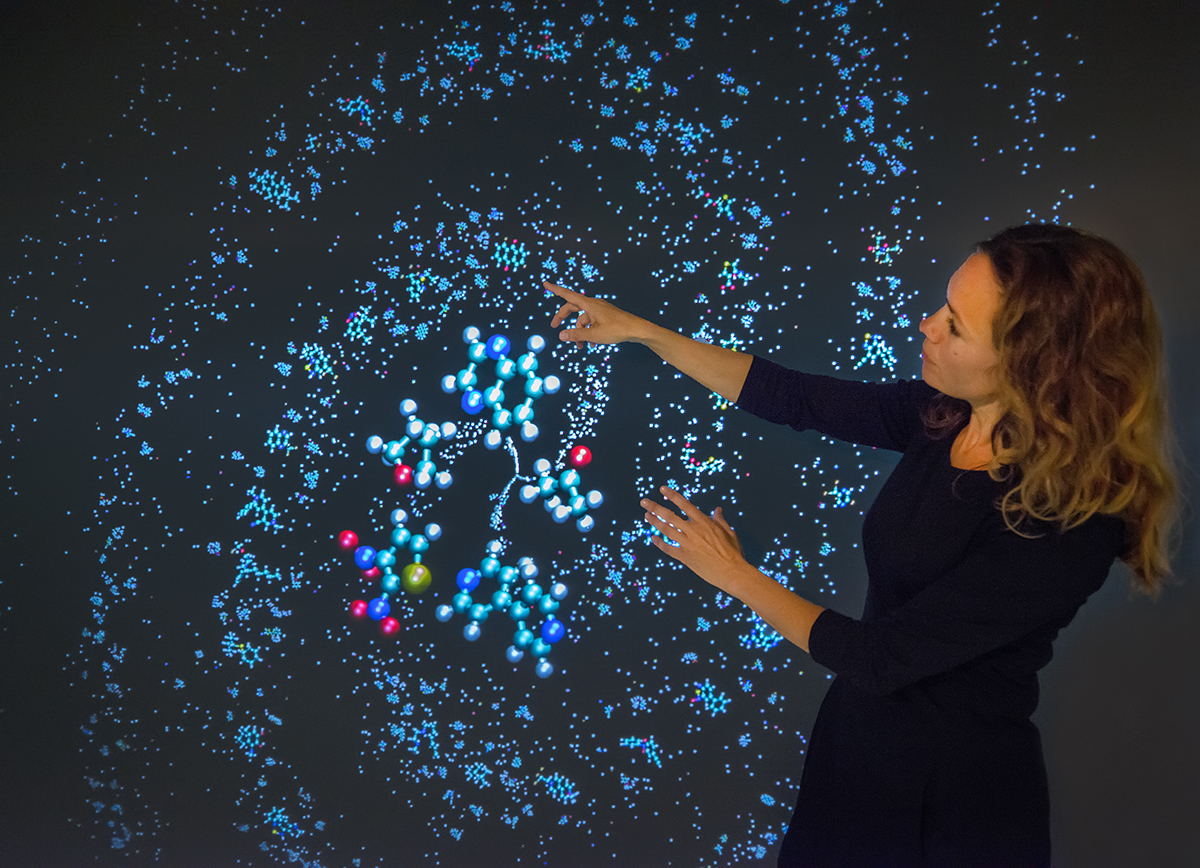
Making a Material World Better, Faster Now: Q&A With Materials Project Director Kristin Persson
Berkeley Lab’s Kristin Persson shares her thoughts on what inspired her to launch the Materials Project online database, the future of materials research and machine learning, and how she found her own way into a STEM career.
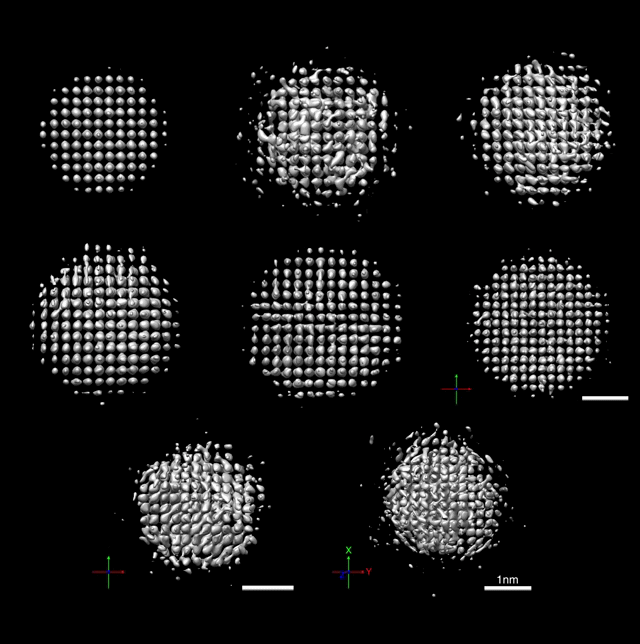
Science Snapshots from Berkeley Lab: 3D nanoparticles and magnetic spin
Researchers at Berkeley Lab have captured 3D images of nanoparticles in liquid with atomic precision, and developed an ultrathin electrical switch that could further miniaturize computing devices and personal electronics without loss of performance.

Berkeley Lab Cosmologists Are Top Contenders in Machine Learning Challenge
In a machine learning challenge dubbed the 2020 Large Hadron Collider Olympics, a team of cosmologists from Berkeley Lab developed a code that best identified a mock signal hidden in simulated particle-collision data.
A Talented 2D Material Gets a New Gig
Berkeley Lab scientists tap into graphene’s hidden talent as an electrically tunable superconductor, insulator, and magnetic device for the advancement of quantum information science
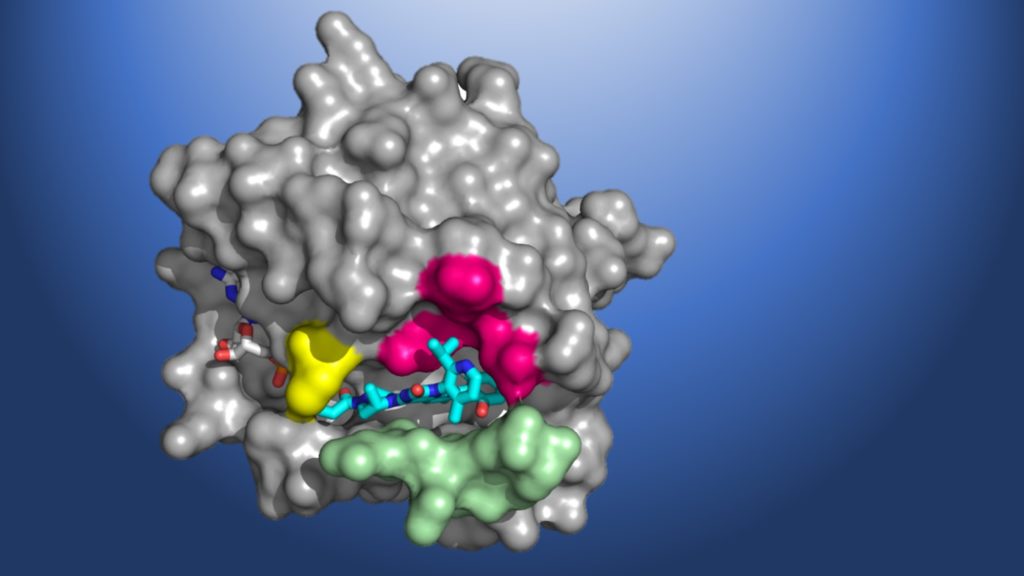
Science Snapshots From Berkeley Lab
This edition of Science Snapshots highlights the discovery of an investigational cancer drug that targets tumors caused by mutations in the KRAS gene, the development of a new library of artificial proteins that could accelerate the design of new materials, and new insight into the natural toughening mechanism behind adult tooth enamel.
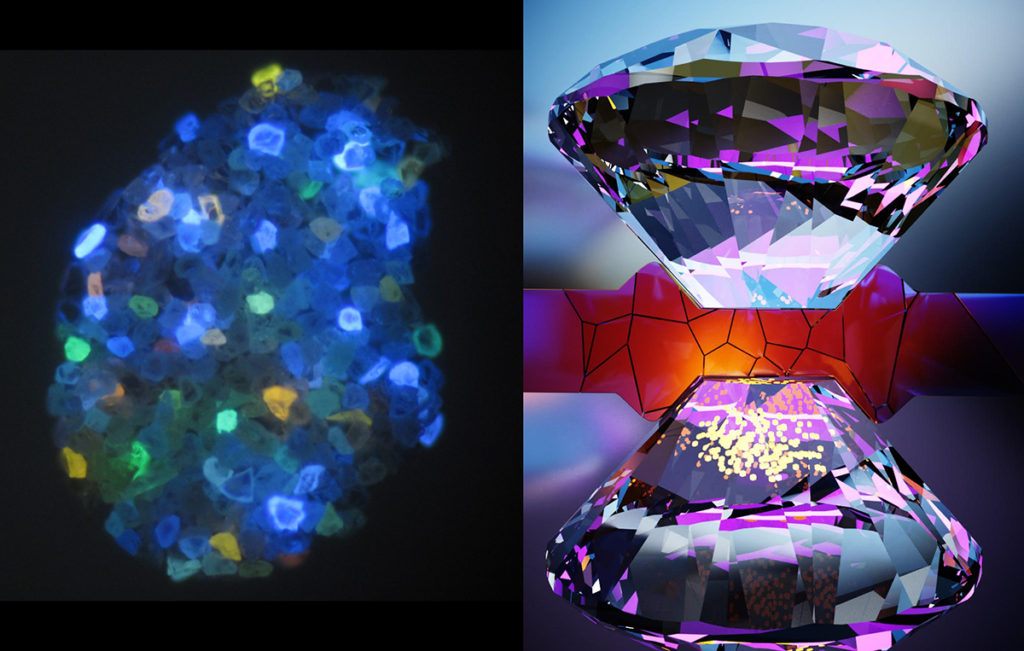
Tiny Quantum Sensors Watch Materials Transform Under Pressure
Scientists at Berkeley Lab have developed a diamond anvil sensor that could lead to a new generation of smart, designer materials, as well as the synthesis of new chemical compounds, atomically fine-tuned by pressure.
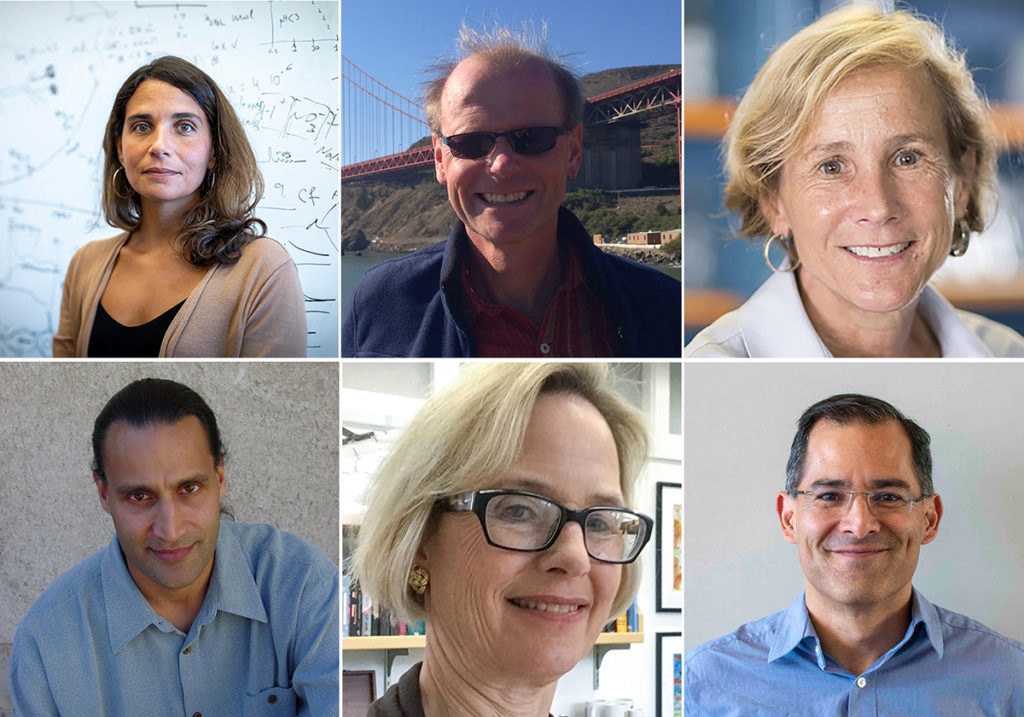
Six Berkeley Lab Scientists Named AAAS Fellows
Six scientists from the Department of Energy’s Lawrence Berkeley National Laboratory (Berkeley Lab) have been named Fellows of the American Association for the Advancement of Science (AAAS).
SDSC Receives New Funding for West Big Data Innovation Hub
The National Science Foundation (NSF) has awarded a second round of funding for the country’s four Big Data Innovation Hubs – organizations where academics, community leaders, regional business, and local and state government representatives collaborate to help solve grand challenges…